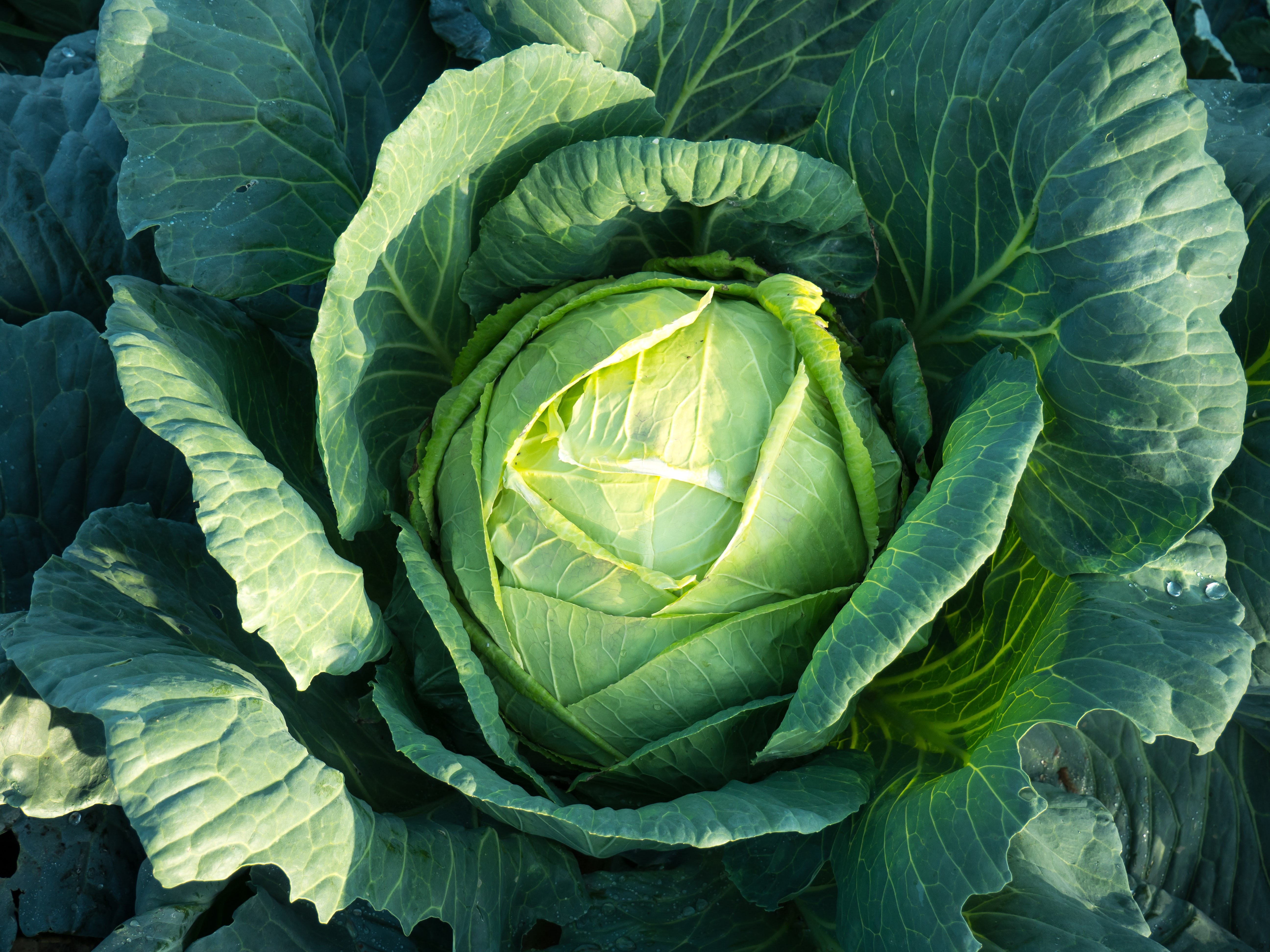10 May, 2023
How To: Get the Glow
The skin, which is our largest organ, consists of three different layers: the outer layer (epidermis), the middle layer (dermis) and the deepest layer (subcutis). It keeps our insides in, and protects us from external factors. It is thickest on the heels of our hands and feet and thinnest on the eyelids. Without it, we'd literally evaporate.
HealthWe shed a LOT of skin, individually leaving behind a half kilo of skin flakes every year, and shedding approximately 25,000 skin flakes a minute. This is owing to the fact our bodies are continually rejuvenating our skin. The epidermis constantly renews itself as new cells are made in the lower layers of the epidermis. These move to the surface within a month. This constant renewal serves to replace the cells that are lost.
The middle layer of our skin (dermis) houses hair follicles and glands with ducts that pass up through the skin. We have 2-5million hair follicles on our body, (yes, we’re as hairy as apes, just with finer hairs), with nearly twice the number of sweat glands. The chief role of sweat is thermoregulation, bringing down our internal temperature when necessary, but this simultaneously flushes out toxins and the waste fluids urea and lactate (but only in trace amounts).

One rule definitely doesn’t fit all when it comes to skin. We find the best thing to do is simply try new things and see how they affect your skin. Start introducing more dark leafy vegetables into your diet, increase the amount of good fats and reduce the bad fats. Try to avoid processed food, high in trans and saturated fats. Reduce dairy for a few weeks and see how it makes you feel. Be conscious of the changes you make and register how they affect your skin. Fill up on Antioxidants, Omega 3, Vitamin E and Low GL foods and you will be well on your way.
Nutritionist Rob Hobson breaks down his top diet tips to achieving healthy skin.
1. Antioxidants
Our bodies naturally produce free radicals but poor lifestyle choices, over exposure to sunlight and pollution and poor diets, can lead to overproduction of free radicals which cause damage to cells in the body. Antioxidants that are obtained from the food we eat can help to fight the damage being caused by free radicals. Including plenty of antioxidant rich fruit and veg (the more vibrant their colour the better, think berries, leafy greens and sweet potato) in the diet and drinking enough water (about two litres each day), will help lessen the damage to your skin and soften the ageing process.
2. Omega 3 fatty acids and Vitamins E + C
Food that are rich in good fats, Vitamin C and E, will have a very positive effect on your skin. Any excuse to top up on avocados, as well as oily fish, and berries, kiwi fruit and pineapple. You can also find vegetarian sources of omega 3 in seeds (chia and flax) and their oils, nuts (walnuts) and dark green leafy vegetables. Eat plenty of these foods throughout the week - up to four servings of oily fish; nuts and seeds as daily snacks; or a little chia oil for cooking rather than vegetable or sunflower oil.
3. Vitamin A
Brightly coloured fruit and vegetables contain antioxidants including beta-carotene, which is converted to vitamin A in the body as is essential for the maintenance and repair of skin (vitamin A is also found in oily fish and eggs). Every day try to eat plenty of dark green vegetables (kale, spinach, broccoli) as well as orange and yellow fruit and vegetables (butternut squash, mangoes, yellow peppers, sweet potatoes).
4. Low Glycaemic Load
Try eating food with a low glycaemic load, which are generally wholegrains and foods low in sugar, to help regulate blood sugar levels. Foods with a high GL lead to spikes in blood sugar that cause and increase in the hormone insulin. In some cases, if these foods are eaten in excess it could unbalance hormone levels and stimulate sebaceous glands found under the skin to produce more sebum, which can cause breakouts.
5. Avoid Processed foods
Cutting out processed foods with poor nutritional quality will also help to keep your skin looking its best because foods high in refined sugar and less healthy fats will have a negative effect.
6. Minimise Dairy Intake
Dairy foods contain hormones from milk-bearing animals such as cows and sheep, which research suggests could have an impact on your own hormone balance, and thus affect the condition of your skin. If you do cut back on dairy, it's important you eat plenty of other calcium-rich foods to ensure the health of your bones.
All our meals are perfectly balanced to ensure you are getting all the above nutrients for healthy, thriving skin. Explore our options here. Make sure to place an order in May to get your hands on a free OSKIA Renaissance Mask with your delivery.



